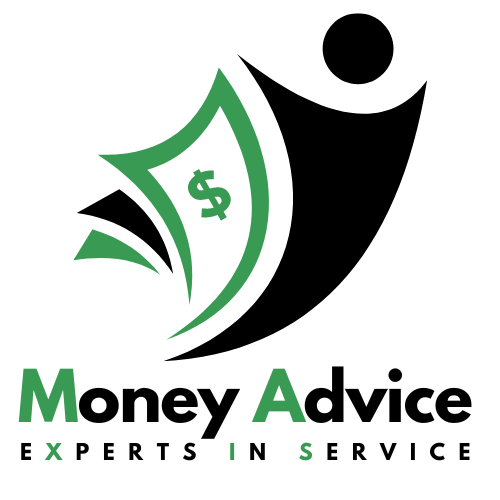A redraw facility is a feature offered by many financial institutions, such as banks or credit unions, that allows borrowers to access any extra repayments they have made on their loan. This facility can be a valuable tool for borrowers looking to manage their finances more effectively and potentially save money on interest payments over the life of their loan.
How Does a Redraw Facility Work?
When you make additional repayments on your loan, whether it’s a home loan, personal loan, or any other type of loan, the extra funds are typically applied to the principal amount owing. This has the effect of reducing the overall balance of your loan, which can save you money on interest in the long run. However, with a redraw facility, you have the option to access those extra funds if you need them in the future.
For example, let’s say you have a home loan and you make extra repayments each month to pay off your loan faster. With a redraw facility, you can access those extra funds if you have an unexpected expense or need some extra cash for any reason. This can provide you with a safety net and added flexibility in managing your finances.
Benefits of a Redraw Facility
- Flexibility: A redraw facility gives you the flexibility to access any extra repayments you have made on your loan, providing you with a financial safety net.
- Save on Interest: By reducing the balance of your loan with extra repayments, you can potentially save money on interest over the life of your loan.
- Convenience: Instead of having to apply for a separate loan or line of credit, you can simply access the extra funds you have already paid towards your loan.
- Reduce Debt Faster: With the option to redraw extra funds, you can still make additional repayments on your loan while having the peace of mind of being able to access those funds if needed.
Considerations Before Using a Redraw Facility
While a redraw facility can offer many benefits, there are also some important considerations to keep in mind:
- Redraw Fees: Some financial institutions may charge a fee for accessing your redraw facility, so be sure to check the terms and conditions of your loan.
- Minimum Redraw Amount: There may be a minimum amount that you can redraw, so make sure you are aware of any restrictions.
- Redraw Limits: Some lenders may impose limits on how much you can redraw, so be sure to understand any restrictions that may apply.
- Impact on Loan Term: Accessing your redraw facility may extend the term of your loan, so consider the implications for your overall financial goals.
Conclusion
A redraw facility can be a valuable tool for borrowers looking to manage their finances more effectively and save money on interest payments. By understanding how a redraw facility works and considering the potential benefits and drawbacks, you can make an informed decision about whether this feature is right for you. Be sure to speak with your financial institution or lender to learn more about the specific redraw options available to you and how they may impact your loan.

 30 Ways To Pay Off
30 Ways To Pay Off Turbocharge Wealth
Turbocharge Wealth Stock Market
Stock Market Rattle the Market
Rattle the Market McDonald’s Monopoly
McDonald’s Monopoly